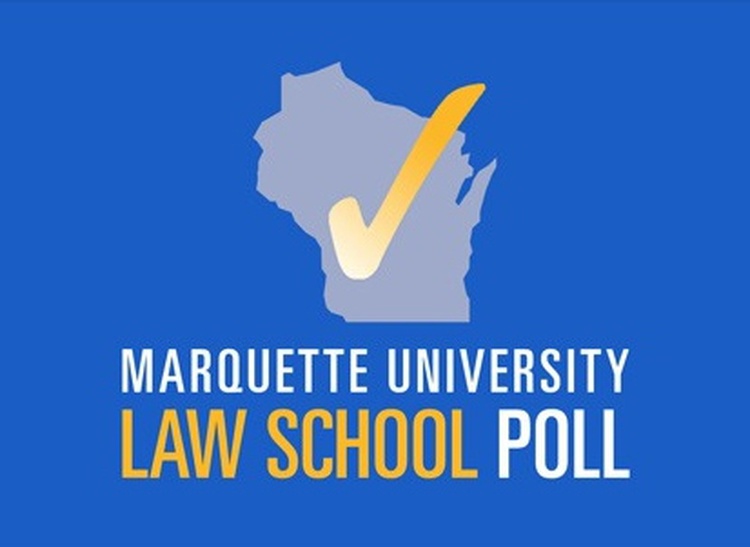 From the Marquette Law School Poll:
From the Marquette Law School Poll:
“In the May survey, 69 percent say that it was appropriate to close schools and businesses and restrict public gatherings, while 26 percent say this was an overreaction to the pandemic. In late March, 86 percent said closures were appropriate, and 10 percent said this was an overreaction.
“Concern about the pandemic has also lessened, with 50 percent saying they are very concerned, 31 percent saying somewhat concerned, 12 percent saying not very concerned, and 7 percent saying not at all concerned. The number who are very concerned has decreased by 18 percentage points since March when 68 percent were very concerned, 25 percent somewhat concerned, 5 percent not very concerned and 2 percent not at all concerned.
“While concern over the virus and support for policies to reduce the spread of the disease have declined over the last six weeks, Wisconsin voters nonetheless now expect a much longer epidemic before things return to normal. Eighteen percent now think the coronavirus outbreak will be under control by the end of May, 20 percent say by the end of August, and 15 percent by sometime next fall. Twenty-six percent say it will take about a year and 10 percent say it will take more than a year to control the epidemic. In March, many more, 44 percent, thought the epidemic would be under control by the end of May and 27 percent said by the end of August. Eleven percent said the epidemic would be under control sometime next fall, while 7 percent thought it would take about a year and 2 percent said more than a year.”
On the K-12 front, the following question was included in the poll: Of those with school age children, 74% say their child has continued to receive instruction, 19% say there has been limited instruction, 4% say their child has received no instruction.
Editor’s Note: It is hard to read too much or draw any substantive conclusions from this question. The responses are not broken down by geographic region so we don’t know how they correlate with school districts, whether there are urban/rural/suburban differences, whether respondents’ children attend at the elementary or secondary level or even whether the respondents’ children attend public or private schools. The reported data shows the view of a cross section of parents of school age children and while 23% saying their child(ren) are receiving limited/no instruction during the shutdown, there are a myriad of reasons this could be so. A child not receiving instruction is not the same as a district not offering instruction. More information would be needed to determine what the roadblocks are in those households. Is it not having access to a device or an adequate broadband connection or something else?

